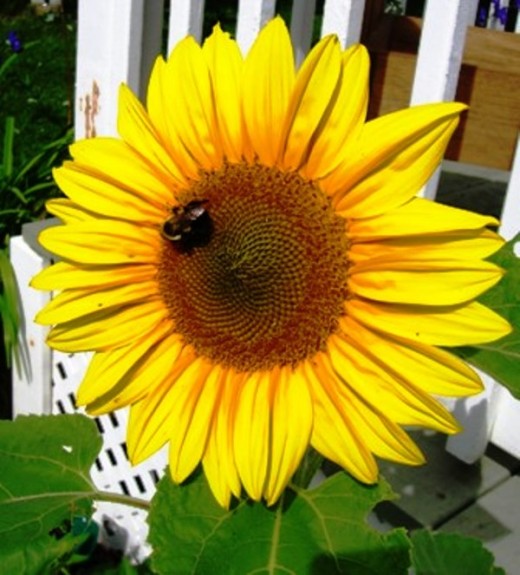When considering your gardening options look up.
There are always options and that is the approach that I take to gardening and most other aspects of my work and life. When it comes to gardening if you want to grow something green you can. Your desire and imagination will wake up the creative energy that is needed to overcome obstacles and enable you to design a
garden to fit your space.
If you can’t grow in the ground, use containers or raised beds, if you have limited space
think vertical.
One area that is often overlooked when planning a garden is the rooftop.
Now your house may not have a
roof that suits a garden; it may be too slanted or does not have easy access for regular gardening chores.
It is important to make the distinction between a rooftop garden and a green roof, while there are some similarities, they generally serve different purposes.
Green Roofs:
Green roofs are a roof that allows plants, trees and shrubs to grow in a specially designed light-weight growing medium.
The three main types of green roof systems are:
- complete systems where all the different components including roof membrane are an integral part of the whole system
- modular systems that are positioned above the existing roofing system
- pre-cultivated vegetation blankets that consist of growing medium and plants that are rolled onto the existing roofing system with drainage mats and root barriers as required
Rooftop Gardens
The rooftop garden is simply a garden, usually in containers, that is located on a rooftop. The rooftop may be a house, an office building, a garage,
shed or any other structure that has a suitable surface and is strong enough to take the extra weight.
BE sure that the roof you choose can handle the extra weight, or you may get a major surprise. You may need to consult with a structural engineer before proceeding, remember that in addition to the garden, there will be at least one person adding to the overall weight.
If you are ready to proceed in the design of a rooftop garden the process that you are beginning is similar to combining interior decorating with landscape design.
Step One:
What is the purpose of the space? If you are looking to grow a container or two of herbs and vegetables that is one thing; if you are planning a community garden that is another.
Or, are you designing an outdoor space for relaxation and entertaining that incorporates flowers, shrubs and trees into the design?
It is possible to set up an orchard on the roof as long as
the containers you use are big enough.
Step Two:
You know the space’s purpose; now what do you want to grow?
Step Three:
How much time do you want to devote to gardening? If your time is limited you may want to keep the garden element of the design small, you can always add later, enough so that you can give the plants the attention they deserve.
Be sure to make notes as you go; you will want to refer to them as you proceed.
What you do next will depend upon the answers to the questions raised in the first three steps. If you are adding an outdoor room to your home then you need to think about furniture, for example; if you are growing food, then all that is left to do is decide what food you want to grow.
Some considerations, the weather conditions on a rooftop, much like a balcony, will be different than those at ground level, there may be little to no shade so it will be hot and the winds will be stronger.
The combination of heat and strong winds means that the soil will dry faster than it will in the garden and therefore, the plants will need watering more frequently.
This brings us to another point, water overflow; containers can be designed to catch excess water so that it does not puddle on the roof, making for slippery conditions and added weight. I suggest you hand-water your rooftop garden so that you get sued to the plants’ needs and thus avoid excessive watering.
A rooftop garden is an ideal place to grow native perennials. They will be able to handle the ecosystem and you will be helping maintain the native plant population. This will also encourage native butterflies and birds to drop by for a visit.



